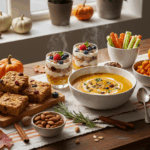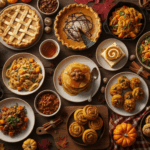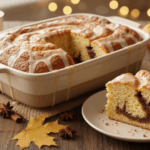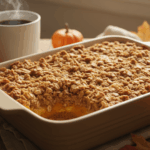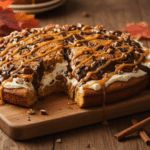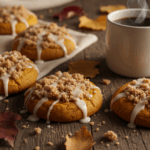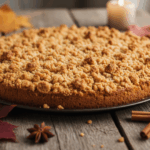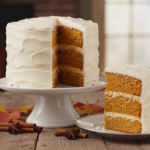Baking cookies can be simple and enjoyable, even for those who don’t have much experience. Having a variety of easy-to-follow recipes helps make baking more accessible and less intimidating.
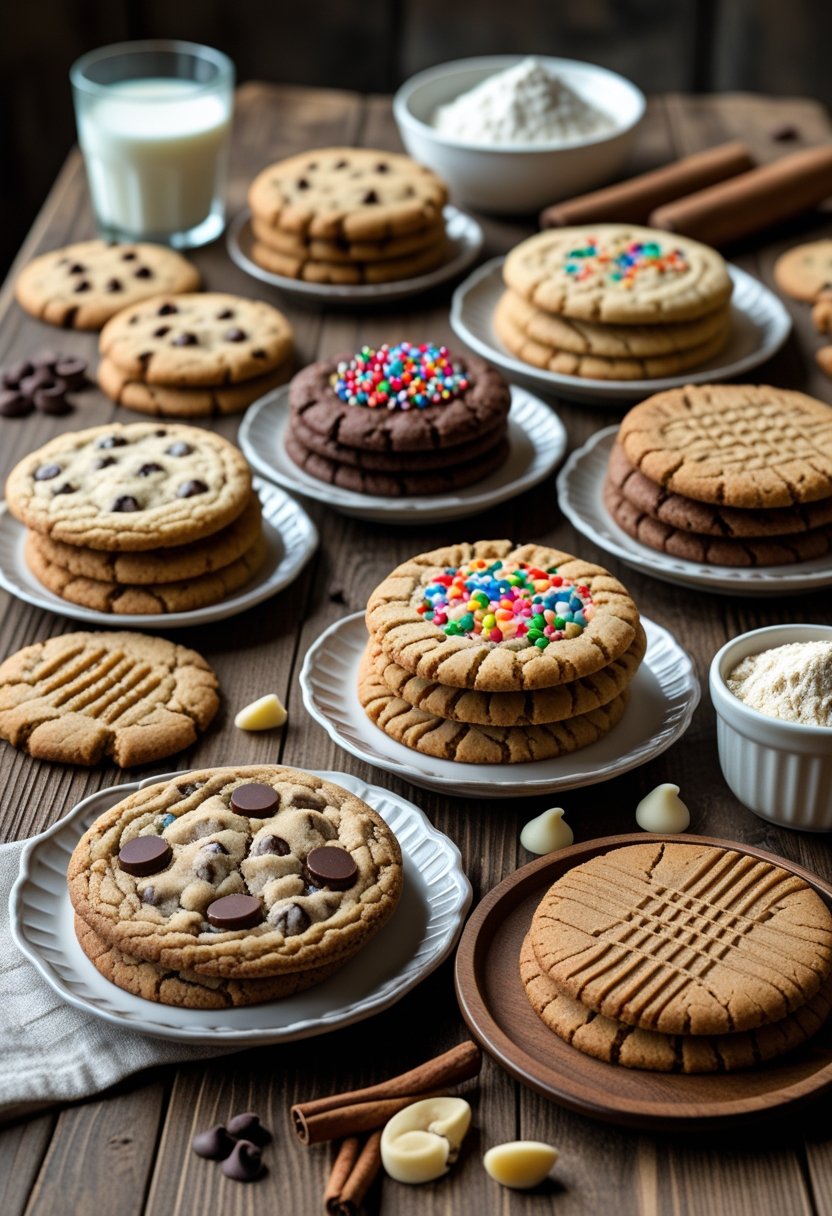
These 7 cookie recipes offer straightforward steps and common ingredients, making it easy to create tasty treats at home. They suit different tastes and occasions, offering something for everyone.
1) Classic Chocolate Chip Cookies
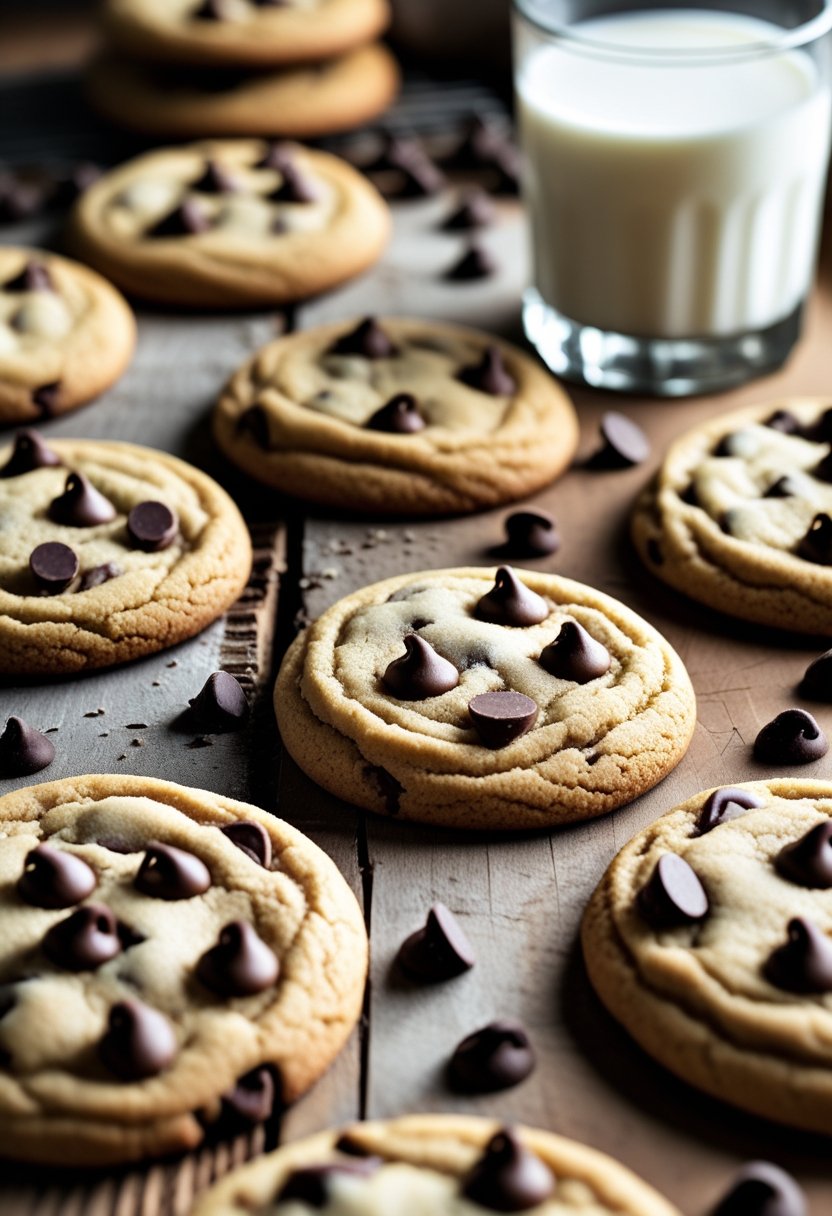
Classic chocolate chip cookies are a popular choice for many. They usually have crisp edges and a soft, chewy center. The chocolate chips melt just enough to give each bite a gooey texture.
The dough often uses melted butter and may need chilling before baking. This helps control the cookie’s shape and texture. Baking times range between 9 to 11 minutes, depending on the desired crispness.
Some recipes call for a mix of brown sugar and corn syrup to keep the cookies soft longer. These cookies balance buttery flavor with plenty of chocolate chips, making them a reliable option for any baker.
2) Peanut Butter Blossoms
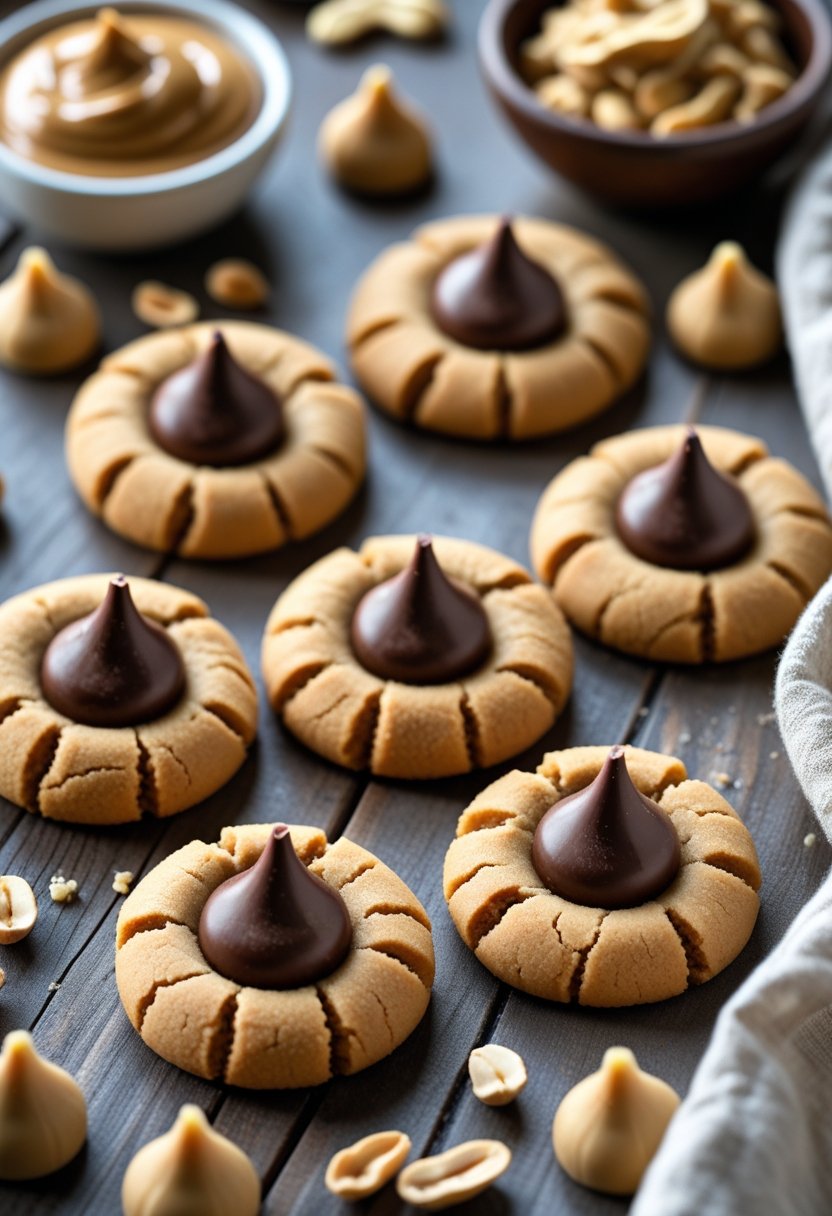
Peanut Butter Blossoms are a classic cookie that combines soft peanut butter dough with a chocolate kiss in the center. They are known for their chewy texture and sweet, rich flavor.
This cookie first became popular in 1957 when it was entered in the Pillsbury Bake-Off contest. The recipe is simple to make and yields about four dozen cookies, making it great for holidays or large gatherings.
The cookie has a slightly crackled sugar top and a smooth chocolate center that melts slightly when baked. Many home bakers enjoy this recipe because it balances peanut butter and chocolate well without needing many ingredients.
3) Oatmeal Raisin Cookies
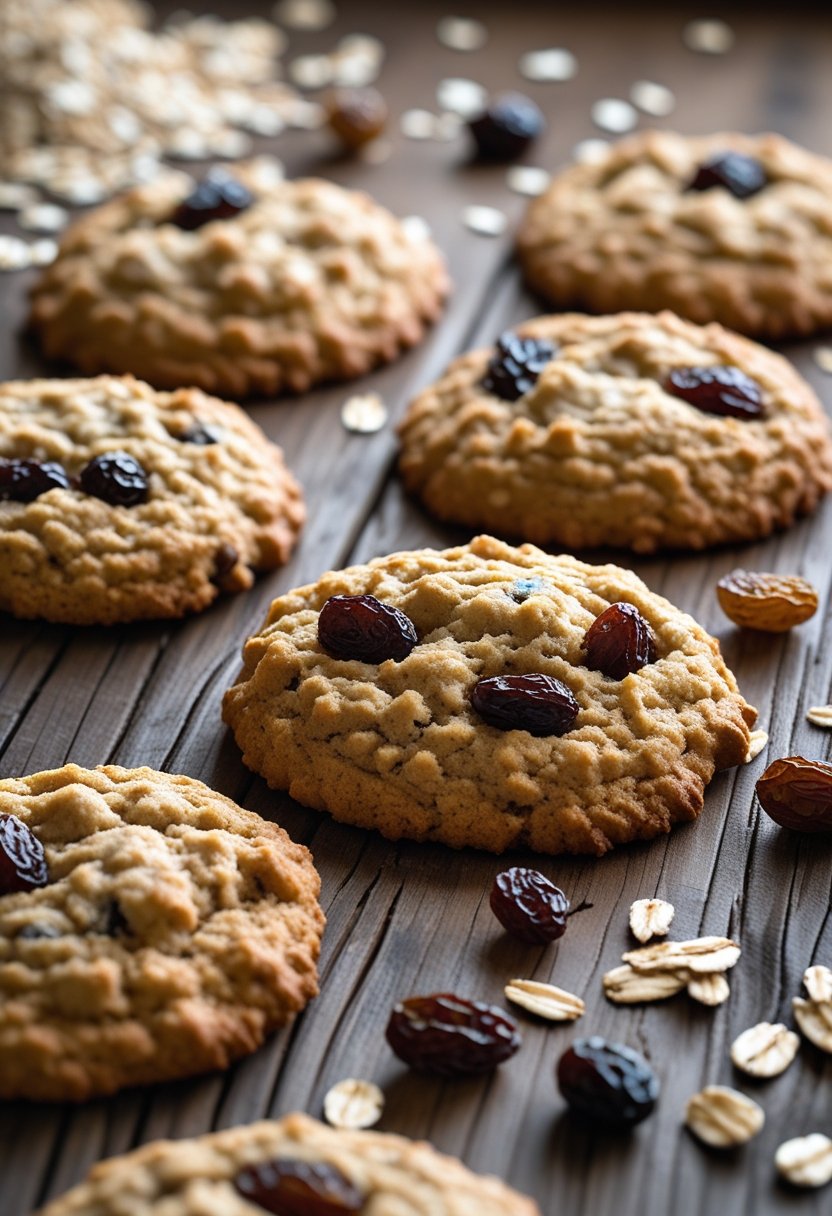
Oatmeal raisin cookies are known for their soft and chewy texture combined with a touch of sweetness from raisins. They often include ingredients like brown sugar, cinnamon, and vanilla to enhance the flavor.
These cookies usually have a balance of chewiness in the center and a slight crispness around the edges. The oats provide a hearty texture, making them feel satisfying without being too heavy.
Many recipes keep these cookies simple, using basic pantry ingredients like butter, sugar, eggs, oats, raisins, and spices. They can be made quickly, often in under 30 minutes, making them a popular choice for a quick homemade treat.
4) Snickerdoodles
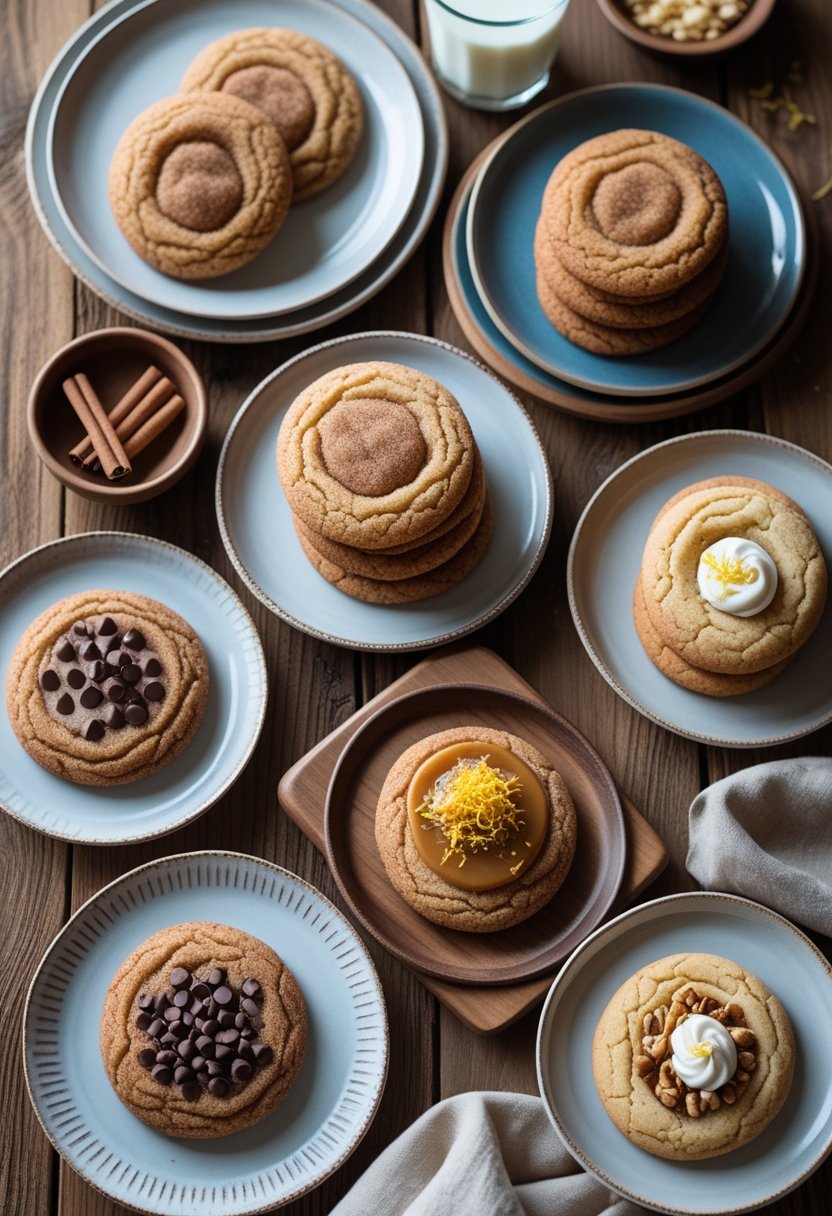
Snickerdoodles are soft, chewy cookies with a cinnamon-sugar coating. They are known for their slightly tangy flavor, often from cream of tartar, which helps create their signature texture.
The dough is rolled in cinnamon sugar before baking, giving each cookie a crisp, flavorful outside. Some recipes skip cream of tartar but still produce soft and thick cookies.
These cookies bake quickly, usually in about 25 to 30 minutes. They do not require chilling, which makes the process faster and easier.
Snickerdoodles offer a simple combination of basic ingredients, making them a popular choice for both new and experienced bakers.
5) Gooey Butter Cookies

Gooey butter cookies are soft and chewy treats with a slightly crunchy crust. They have a rich butter flavor and a tender texture that many find enjoyable. These cookies are often made using cake mix, butter, and cream cheese.
The center stays moist and gooey while the outside forms a cracked, lightly crisp shell. They are typically dusted with powdered sugar after baking, adding a sweet finish. Variations can include chocolate chips, nuts, or citrus zest to change the flavor.
These cookies are easier to handle than gooey butter cake but offer a similar taste. They work well as a portable dessert and are a popular choice for lunch boxes or gatherings.
6) Caramel Stuffed Cookies
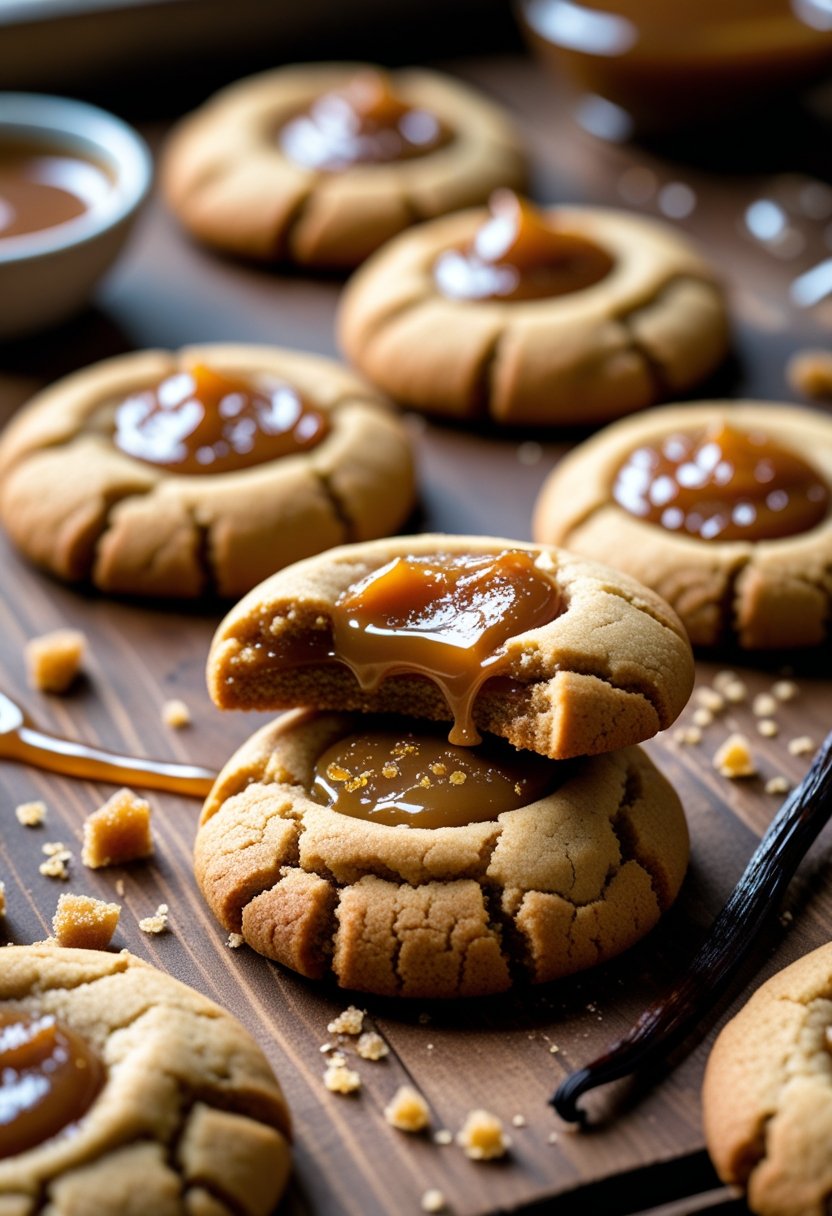
Caramel stuffed cookies add a rich, gooey center to classic chocolate chip cookies. The caramel melts inside during baking, giving each bite a soft and chewy texture with a sweet surprise.
To get the right balance, the cookie dough is often chilled before baking. This helps the edges stay crispy while keeping the caramel gooey inside. Some recipes add sea salt on top to enhance the flavor.
These cookies work well for parties or as a treat any time. They combine simple ingredients in a way that feels special but is easy to make.
7) No-Bake Skillet Cookies
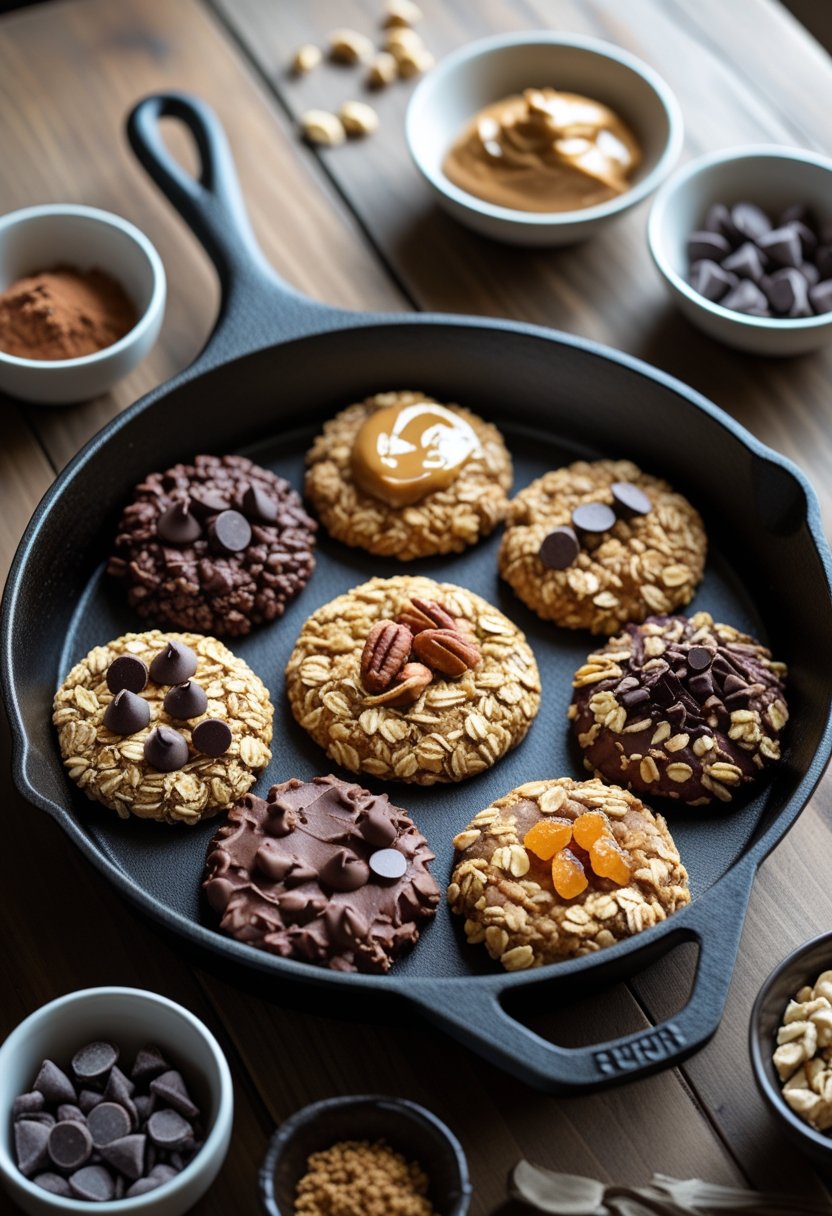
No-bake skillet cookies are a simple and quick way to enjoy a warm dessert without using an oven. They are made by melting ingredients like butter, sugar, and cocoa in a skillet before mixing in other items such as oats or cereal.
The mixture is then scooped onto foil or a plate to set and cool. This method saves time and keeps the kitchen cooler.
Some recipes even use dates for natural sweetness and roll the cookies in coconut for extra texture. These cookies are soft and chewy, offering a different experience from baked cookies.
No-bake skillet cookies are easy to customize with nuts, chocolate chips, or peanut butter. They work well for quick snacks or when oven space is limited.
Tips for Baking Perfect Cookies
Precision matters in baking cookies. Measuring ingredients correctly, using the right tools, and storing cookies properly make a big difference in the final texture and flavor.
How to Measure Ingredients Accurately
Accurate ingredient measurement ensures consistent cookie results. Use dry measuring cups for flour, sugar, and other dry ingredients. Spoon flour into the cup and level it off with a flat edge, like a knife, to avoid packing it down.
For liquids like oil or milk, use clear liquid measuring cups placed on a flat surface. Check the measurement at eye level to avoid errors.
Use a digital scale when possible for the most precise measurement, especially with flour and butter. Baking soda, baking powder, and salt should be leveled with a spoon, not scooped.
Choosing the Right Baking Tools
Good tools improve cookie baking. A sturdy mixing bowl, preferably glass or metal, helps mix ingredients evenly. Silicone spatulas or wooden spoons are ideal for folding dough without overworking it.
Use a reliable oven thermometer to check the oven temperature. Many ovens run hotter or cooler than their setting, affecting baking time and cookie texture.
A cookie scoop ensures even-sized cookies for consistent baking. Baking sheets should be light-colored and heavy-duty to prevent burning on the bottom.
Proper Cookie Storage Methods
Cookies need the right storage to stay fresh longer. Store crispy cookies in an airtight container at room temperature with a paper towel to absorb moisture.
For soft cookies, keep them in an airtight container with a slice of bread to maintain moisture. Freeze cookies in airtight bags or containers if storing longer than a week; thaw at room temperature before serving.
Avoid storing different types of cookies together to prevent flavor mixing or changes in texture.
Troubleshooting Common Cookie Issues
Baking cookies often comes with challenges like timing and texture. Addressing these problems carefully makes a big difference in getting a consistent, tasty result.
Preventing Overbaking or Undercooking
Cookies often overbake or undercook because of incorrect oven temperature or baking time. Using an oven thermometer helps check if the oven is too hot or cold.
Baking time varies by cookie size and type. It’s important to follow the recipe’s suggested time but also check cookies early to avoid burning or raw centers.
A good tip is to press the cookie gently in the middle near the end of baking. If it leaves a slight indentation, the cookie is done. If it springs back quickly, it needs more time.
Rotating the cookie sheet halfway through baking helps heat spread evenly, stopping uneven cooking or burning on one side.
Fixing Flat or Puffy Cookies
Flat cookies often result from too much butter, melted butter, or overly warm dough. Cooling the dough before baking can reduce spreading and help the cookies keep their shape.
Puffy cookies usually have too much leavening agent like baking soda or baking powder. Using the exact amount called for in the recipe keeps cookies from rising too much.
Flour amount also matters. Not enough flour can cause cookies to be flat and greasy. Measuring flour correctly by spooning and leveling into the cup prevents this.
Chilling the dough and baking at the right temperature controls the spread and rise, creating the ideal cookie shape.
Frequently Asked Questions
This section covers practical answers about simple cookie recipes, making classic treats, and tips for baking with kids. It also includes ways to make cookies with few ingredients and how to prepare sugar cookies from scratch.
What are some easy cookie recipes for beginners?
Beginners can start with classic chocolate chip cookies, peanut butter blossoms, or oatmeal raisin cookies. These recipes use basic ingredients and simple steps.
Snickerdoodles and gooey butter cookies are also beginner-friendly and don’t require advanced baking skills.
What is the classic chocolate chip cookie recipe?
The classic chocolate chip cookie recipe includes butter, sugar, brown sugar, eggs, vanilla, flour, baking soda, salt, and chocolate chips.
It is baked at 350°F for about 10-12 minutes until edges are golden.
How do you make Italian seven-layer cookies?
Italian seven-layer cookies, also called seven-layer bars, use a graham cracker crust topped with layers of chocolate chips, butterscotch chips, coconut, pecans, and sweetened condensed milk.
They bake until the toppings caramelize and set, creating a chewy, rich cookie bar.
What are some cookie recipes that call for few ingredients?
Simple recipes like peanut butter blossoms or snickerdoodles often require five to seven ingredients.
These rely on pantry staples, making them quick and easy to prepare.
Can you suggest some cookie recipes suitable for baking with children?
Chocolate chip cookies, snickerdoodles, and peanut butter blossoms are great choices for baking with children.
They involve easy steps like mixing, rolling dough balls, and simple decorating.
How do you make sugar cookies from scratch?
Sugar cookies start with flour, sugar, butter, eggs, baking powder, and vanilla extract.
Chilling the dough before rolling is recommended to keep the cookies from spreading during baking.
Bake sugar cookies at 400°F for 8-10 minutes until edges are lightly golden.
